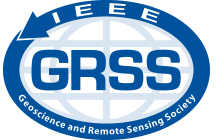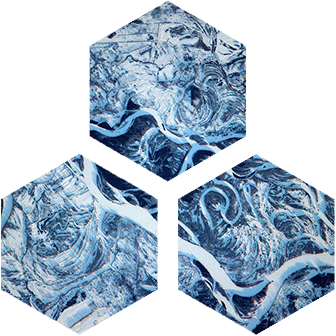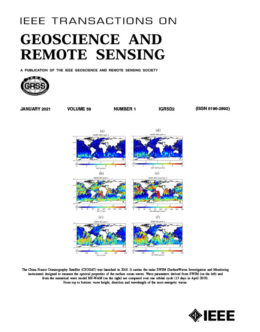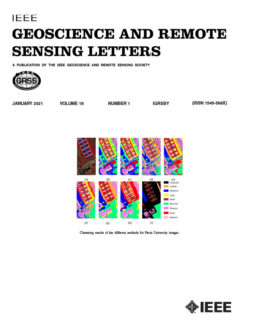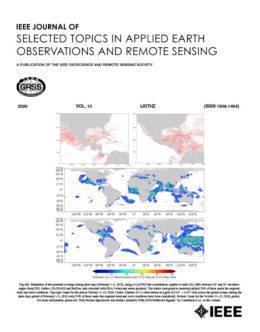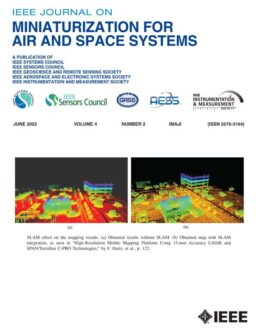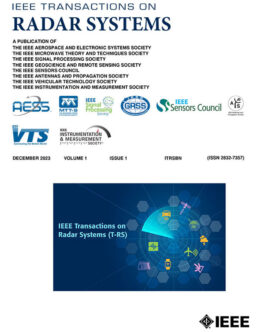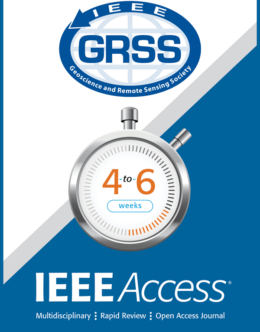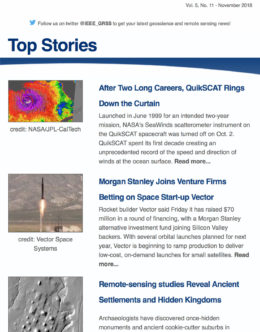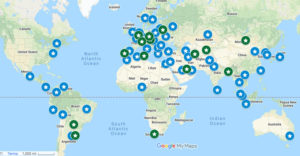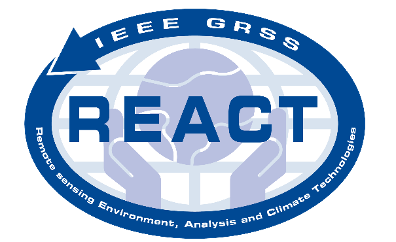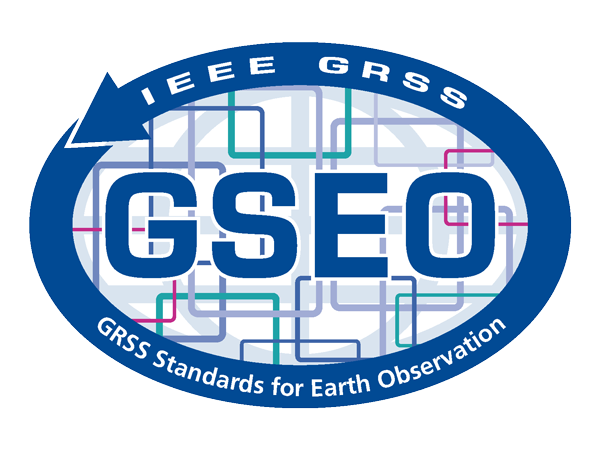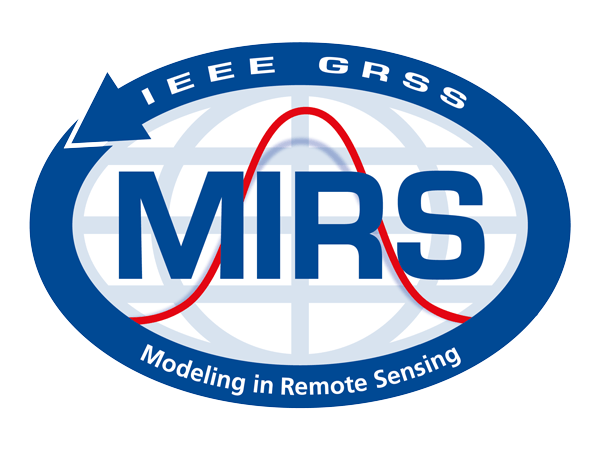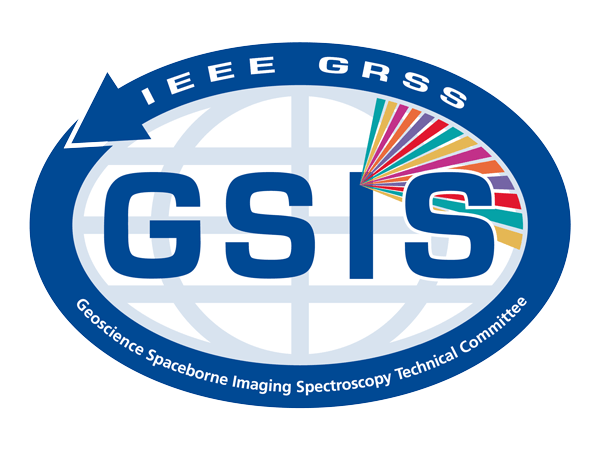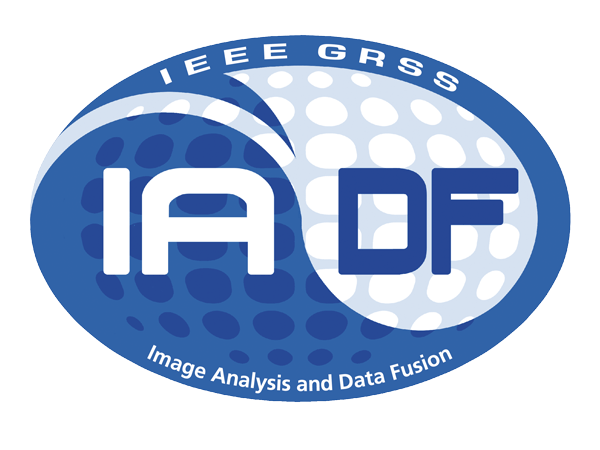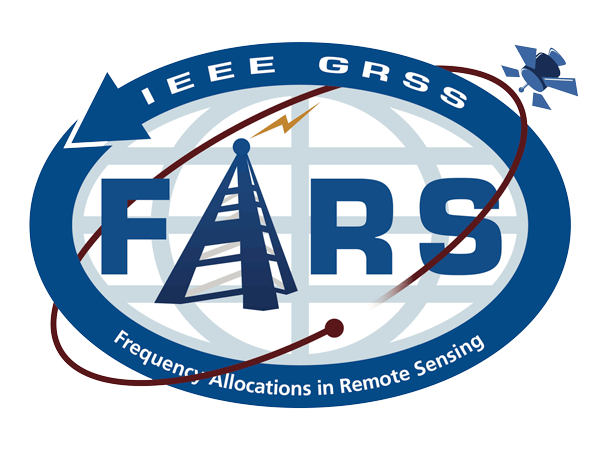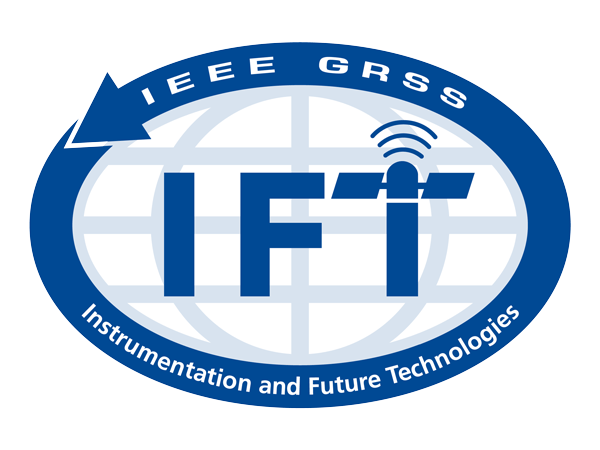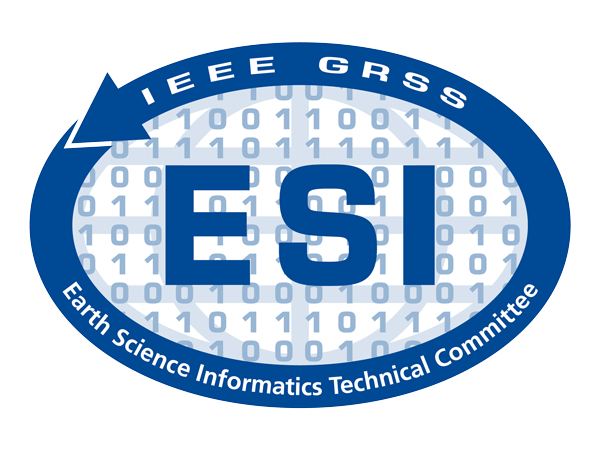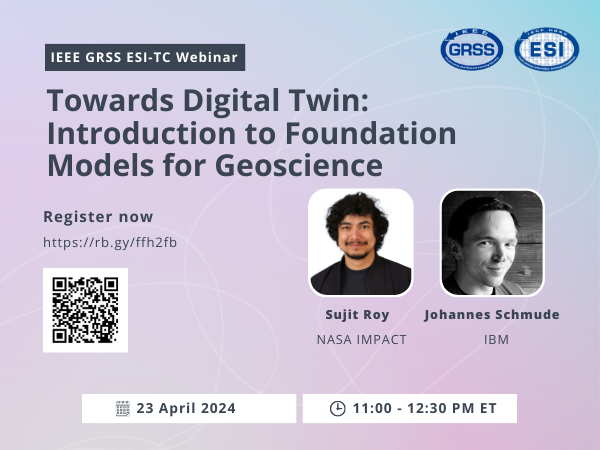
23 Apr 2024
The webinar will explore two foundation model designs, emphasizing their role in understanding earth processes and contributing to the development of Digital Twin technology.
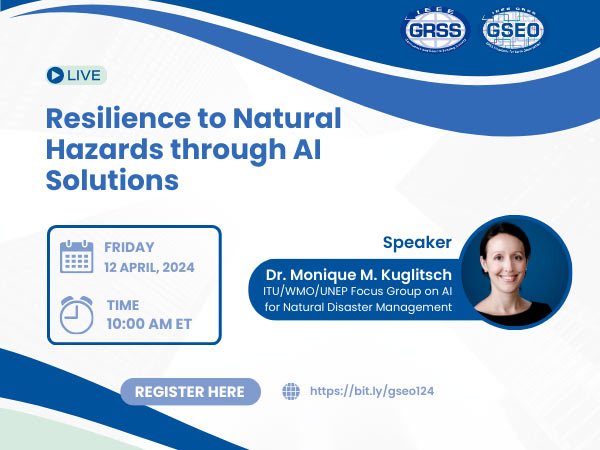

12 Apr 2024
This webinar will look at the activities of a UN Focus Group to systematically develop best practices and standards in the use of AI for this application.
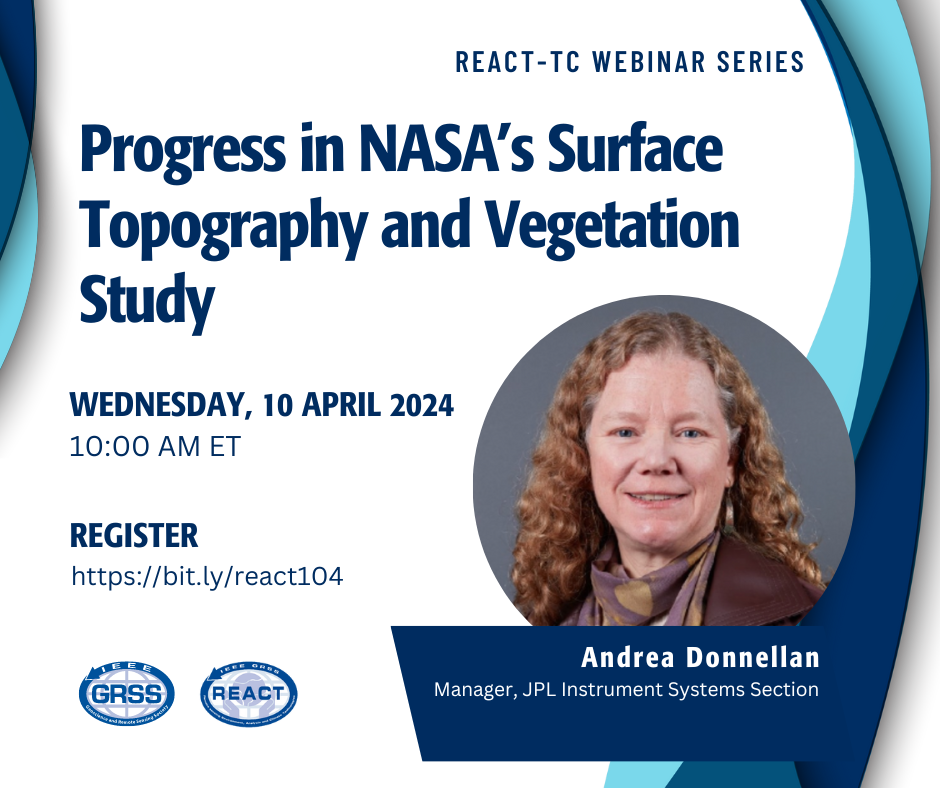

10 Apr 2024
How do Earth’s changing surface and overlying vegetation inform us about natural disasters, carbon fluxes, ecosystem habitats, sea level rise impacts, and water availability? NASA’s Surface Topography and Vegetation (STV) Study aims to address this and other discipline specific questions.
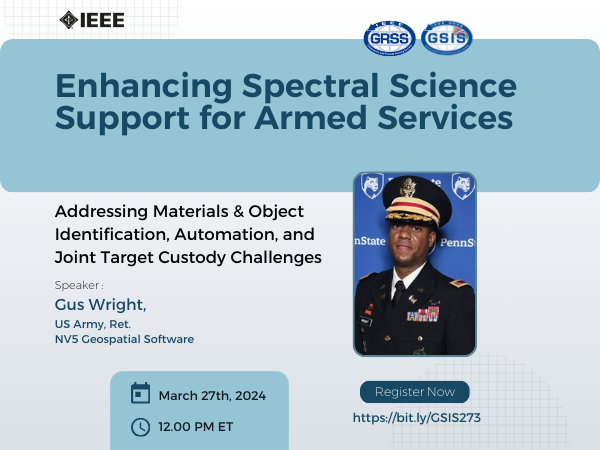

27 Mar 2024
This presentation aims to explore the critical role of spectral science in bolstering support for armed services.
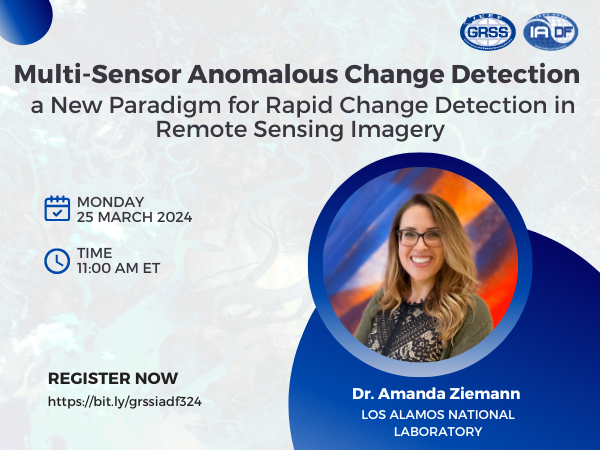

25 Mar 2024
Combining multiple satellite remote sensing sources can provide a far richer, more frequent view of the earth than that of any single source; the challenge is in distilling this large volume of heterogeneous sensor imagery into meaningful characterizations of the imaged areas. This talk will present recent research in this area, discuss what worked and what didn’t work, and highlight opportunities for future research directions by the community.
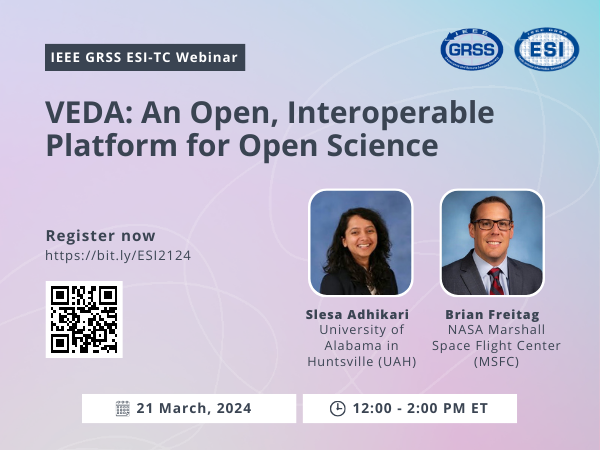

21 Mar 2024
ESI Webinars - Events - News - Webinar
This presentation will demonstrate the VEDA system's practical use, focusing on visualizing and analyzing NASA's earth science data, navigating its STAC, and leveraging its open-source features for analysis and visualization. Speakers: Brian Freitag, Slesa Adhikari


27 Feb 2024
In this webinar, you will have the opportunity to engage in experiential learning and devise efficacious action-steps to cultivate a grounded presence and boost self-assurance in approaching situations such as meetings with supervisors, interviews, exams, conference meet and greets, short and long-term deliverables, work presentations, and more.
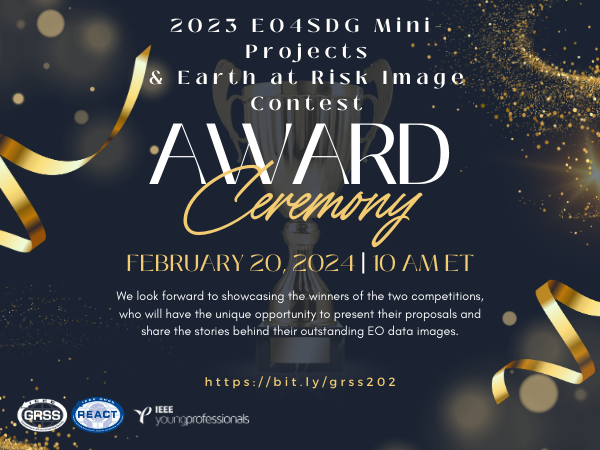

20 Feb 2024
We are delighted to announce the joint award ceremony of the second edition of EO4SDG Mini-projects, and the Earth at Risk image contest organized by the IEEE Geoscience and Remote Sensing Society. The winners of the two competitions will get the chance to present their proposals and talk about the stories behind their outstanding EO data images followed by a Q&A session.
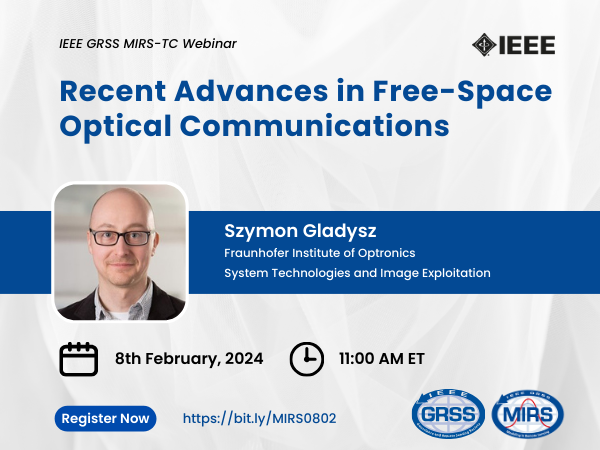

08 Feb 2024
The seminar will cover recent advances in free-space laser communications in the atmospheric environment. We are witnessing the coming of age for laser communications.
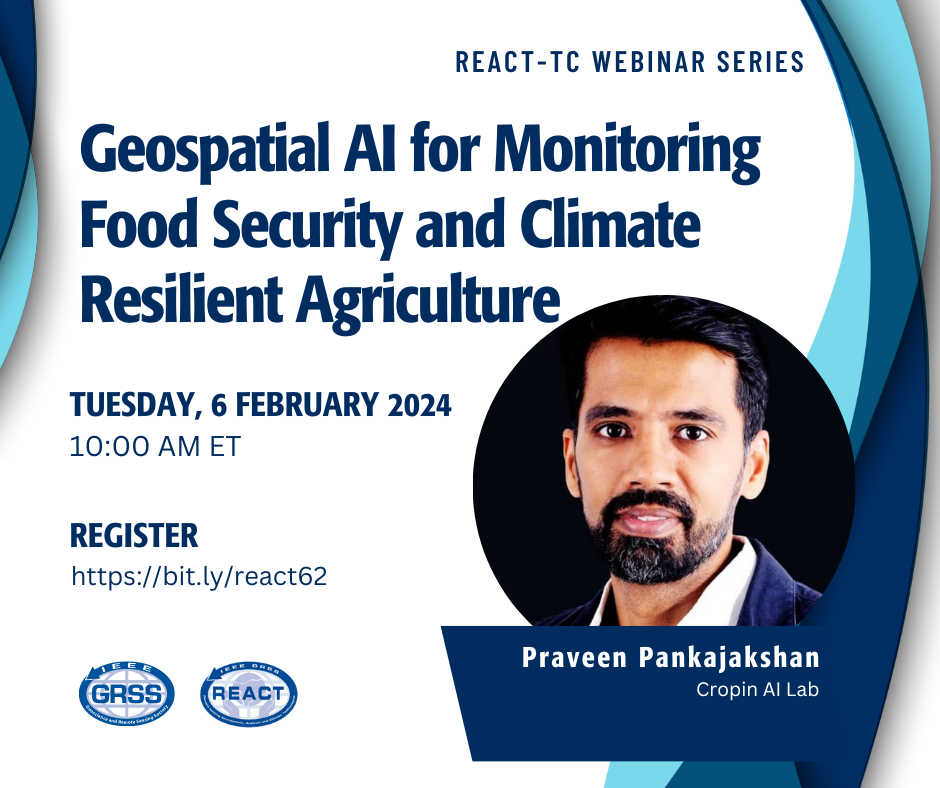

06 Feb 2024
Amid the rising food insecurity and climate challenges, there is a need for some urgent and crucial, coordinated actions. In this session, we will be focusing on these two different sub-saharan countries where we used geospatial data along with our pre-trained models (unsupervised and supervised models) to identify agricultural activity and, type of crops grown and estimate the yields for the crop of interest.
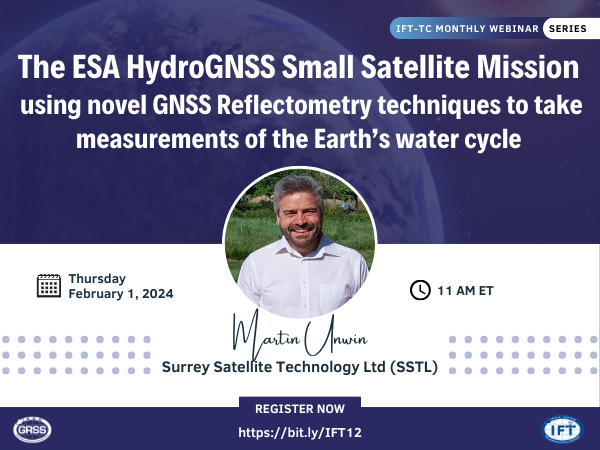

01 Feb 2024
SSTL, part of the Airbus group, is a UK spin-off company from the University of Surrey, that designs, manufactures and operates small satellites.
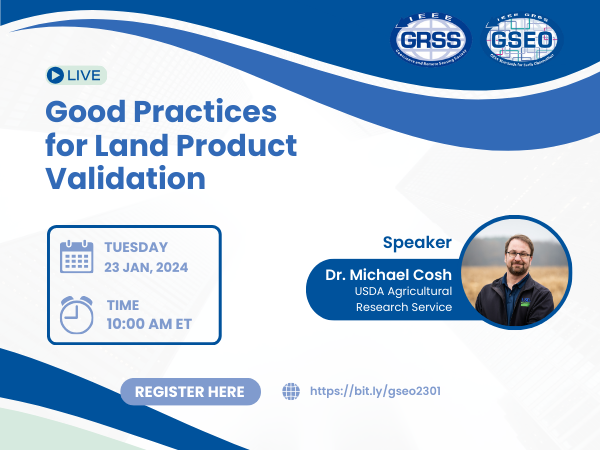

23 Jan 2024
The Land Product Validation subgroup is a part of the Committee on Earth Observation Satellites Working Group on Calibration and Validation. The goal is to provide guidance and best practices for the community.
